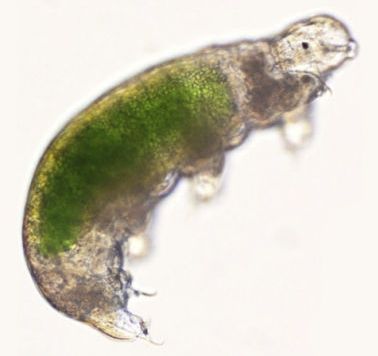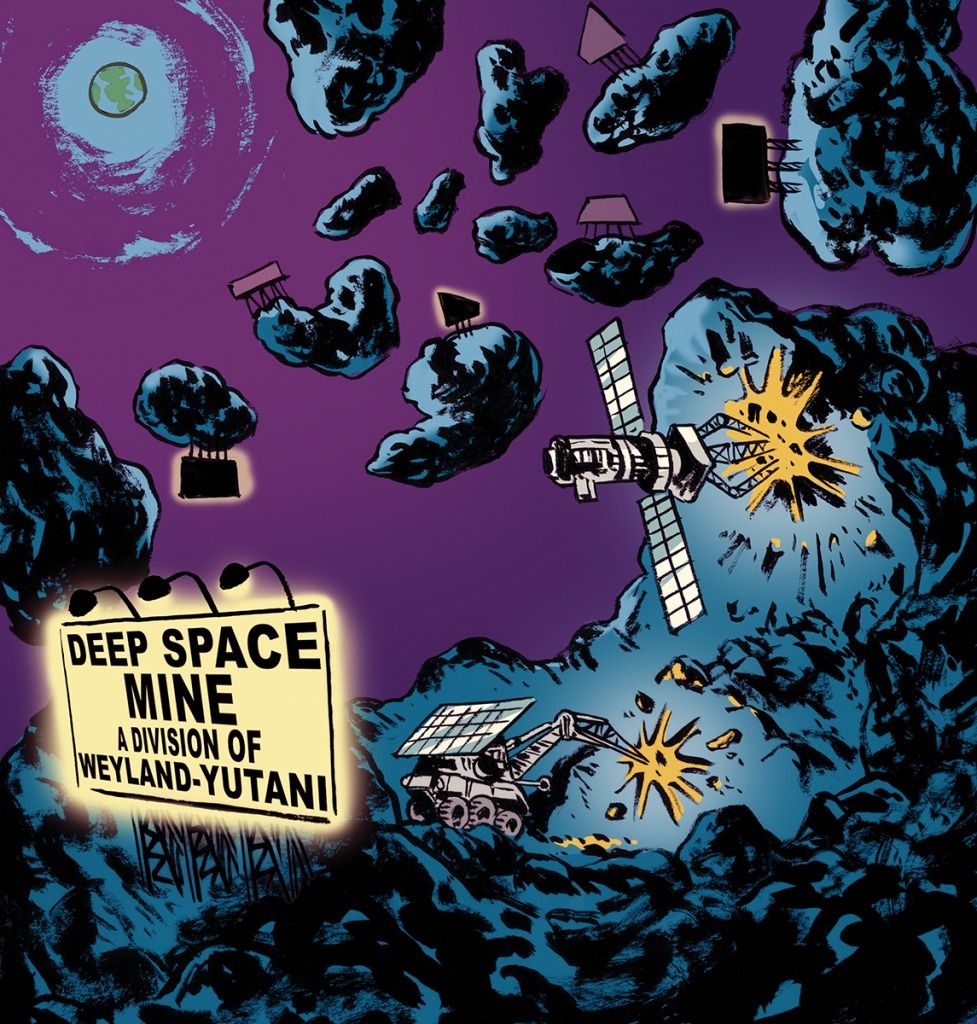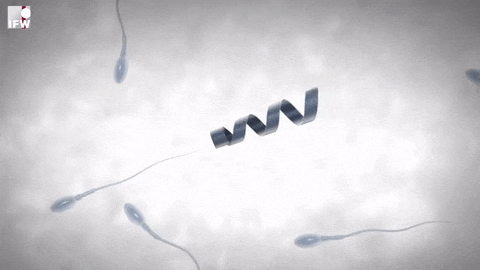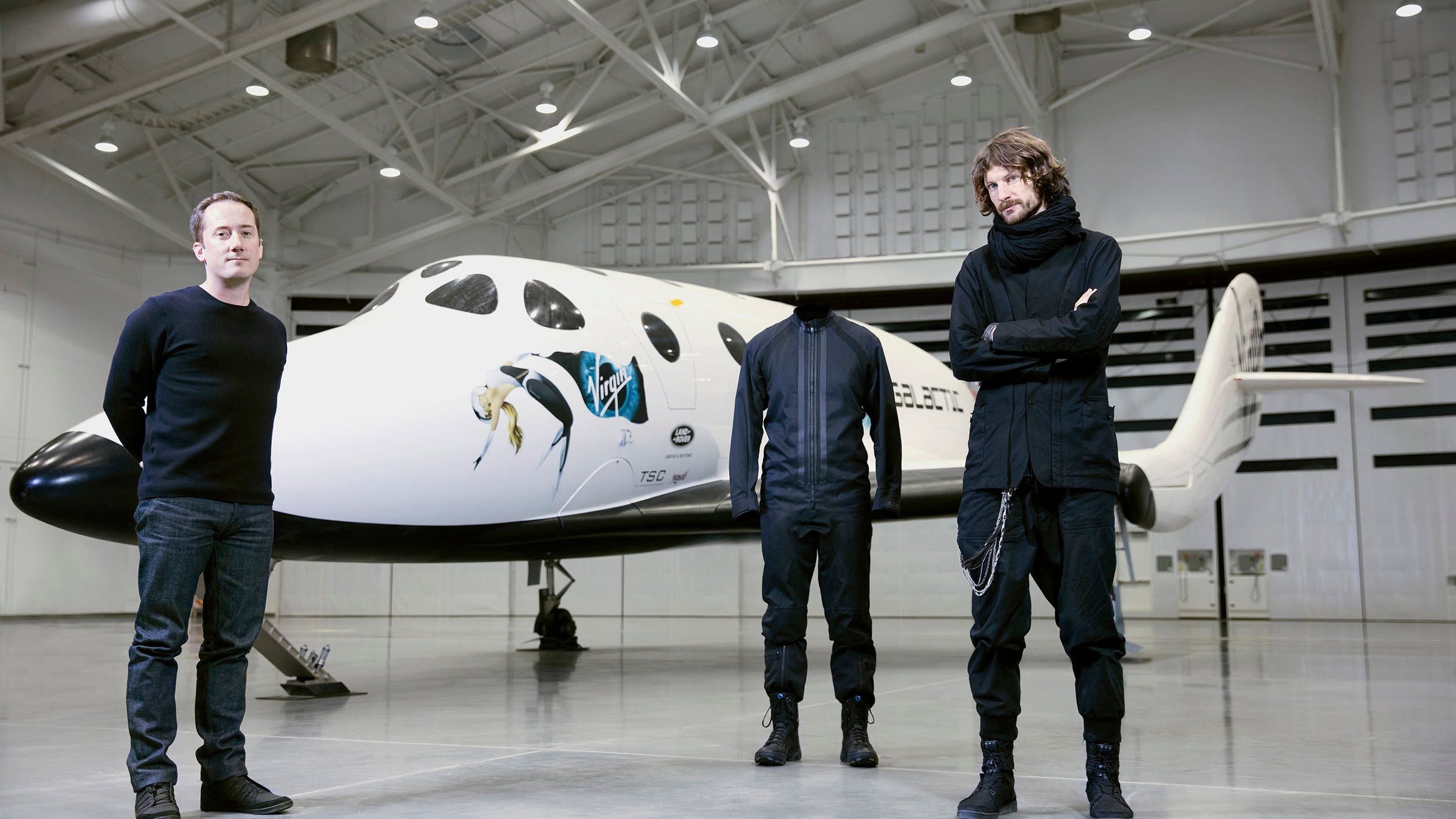Jan 15, 2016
Microbots individually controlled using magnetic fields
Posted by Sean Brazell in category: engineering
This image shows how two microbots can be independently controlled when operating within a group. (Purdue University image/David Cappelleri)
Purdue University researchers have developed a method to use magnetic fields to independently control individual microrobots operating within groups.
Continue reading “Microbots individually controlled using magnetic fields” »


















